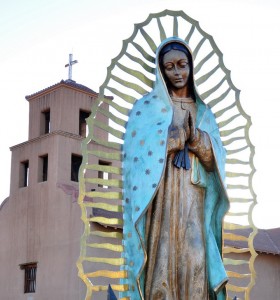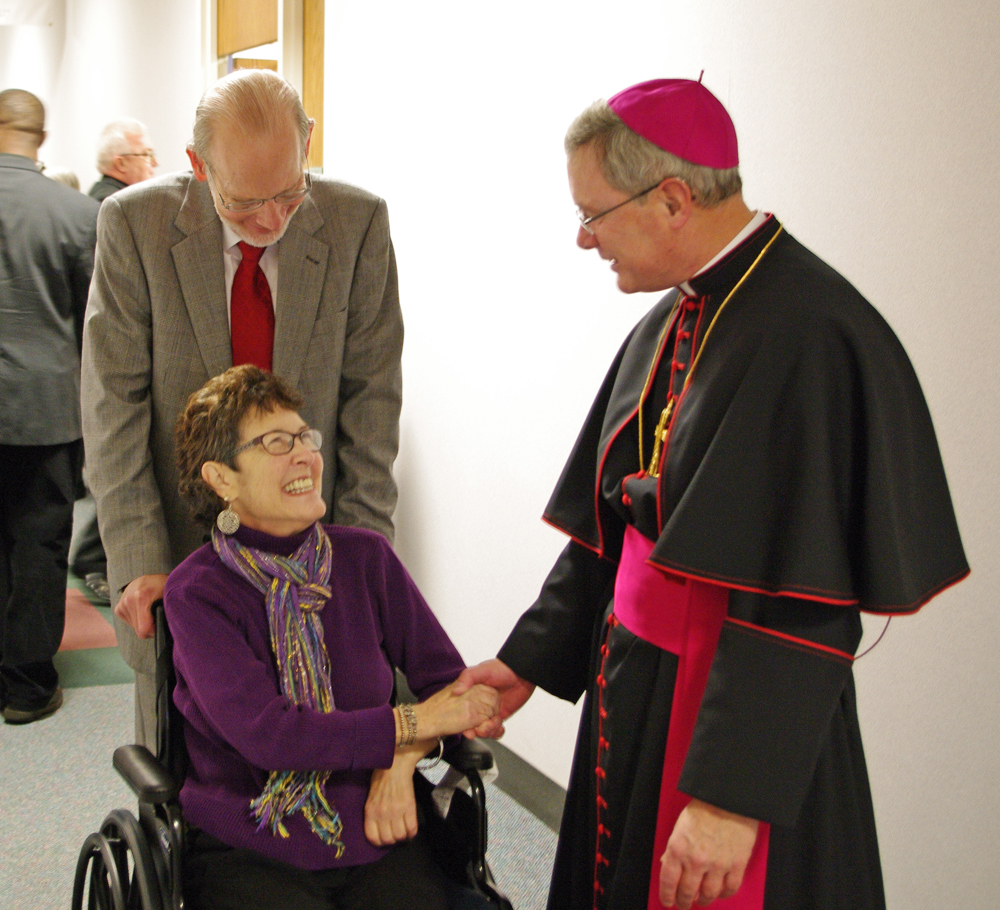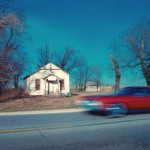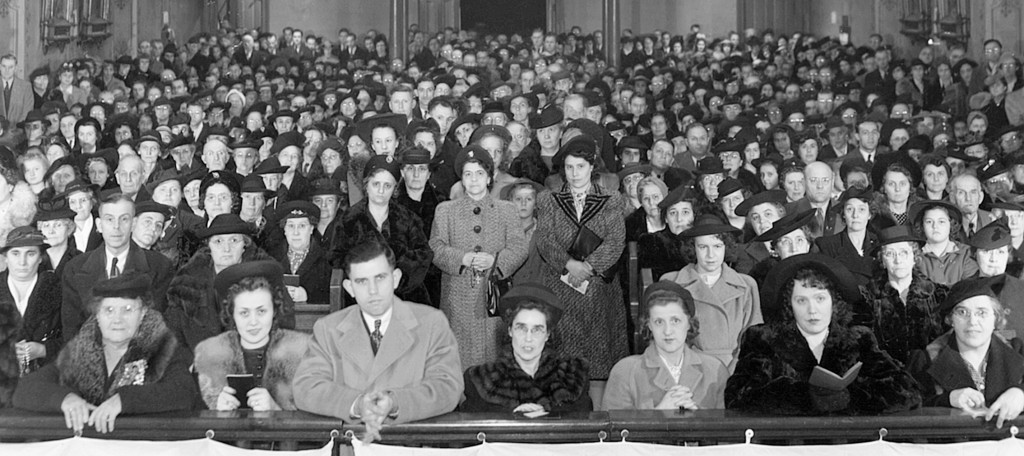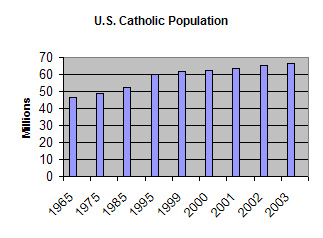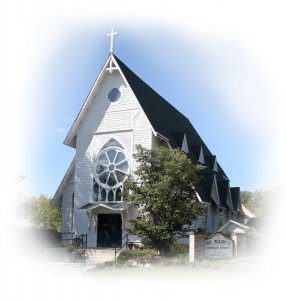Over the last several years, considerable attention has been paid in the secular and religious media to the growth of Hispanics in the United States. Much information has come from the Pew Research Center and the US Census Bureau. From them, we have learned that the US Hispanic population grew 43% between 2000 and 2010, and that non-Hispanic whites will become a minority sometime after 2040. This Hispanic growth has the potential to radically change the face of America, both politically and religiously. Political commentators generally have stated that President Obama was re-elected in 2012, in part, because of strong Hispanic support.
Meanwhile we also learned the religious implications of Hispanic growth. The Protestant share of the population dropped between 1972 and 2010 but the Catholic share held constant because of immigration from Latin America and the larger families that Hispanics typically raise. An estimated one-third of all US Catholics are now Hispanic and this percentage is almost certain to grow in the coming decades. Continue reading
